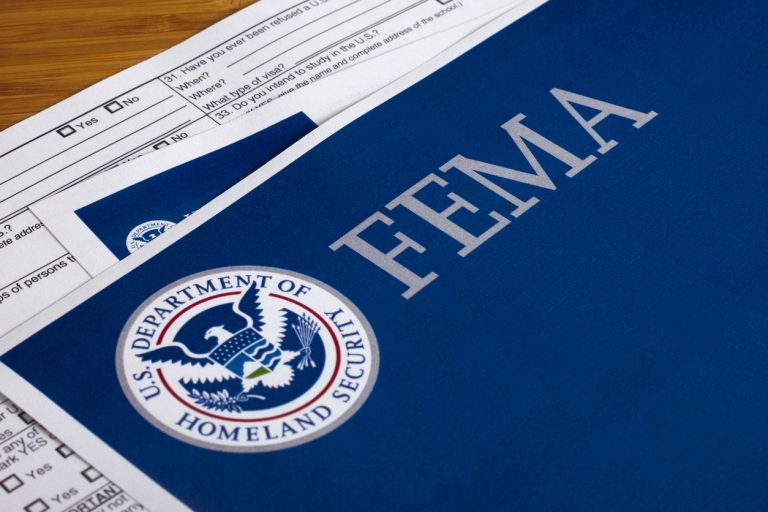Combating the Infodemic: How Misinformation Hinders Crisis Response and What Communicators Can Do
In today’s interconnected world, crises often unfold simultaneously in the physical realm and the digital landscape. While emergency response teams grapple with the immediate dangers of natural disasters, pandemics, or other emergencies, a parallel battle is waged against the rapid spread of misinformation and disinformation. This "infodemic," as it has been termed, can exacerbate the real-world consequences of a crisis, impeding relief efforts and sowing confusion among affected populations. Justin Ángel Knighten, former associate administrator in the Office of External Affairs at FEMA, brings firsthand experience to this critical issue, having witnessed the detrimental impact of misinformation during responses to events like Hurricanes Milton and Helene. He emphasizes the urgent need for proactive communication strategies to counter the spread of false information and ensure that accurate, life-saving guidance reaches those who need it most.
Knighten’s experiences illustrate the challenges faced by emergency management agencies in the digital age. During the hurricanes, FEMA struggled to disseminate vital evacuation information amidst a torrent of false and misleading content circulating online. The speed and scale of misinformation dissemination, often fueled by automated bots and malicious actors, overwhelmed traditional communication channels. The resulting confusion and distrust hampered evacuation efforts and delayed the delivery of essential aid. Knighten stresses that the proliferation of AI-driven content poses a significant threat, enabling the rapid creation and dissemination of fabricated stories, manipulated images, and deceptive narratives. The ability of these AI tools to mimic human communication makes it increasingly difficult to distinguish between credible sources and malicious actors.
One crucial lesson learned from these experiences is the necessity of proactive communication strategies. Waiting for misinformation to spread before responding puts organizations on the defensive and makes it harder to regain control of the narrative. Instead, communicators need to anticipate potential sources of misinformation and develop preemptive strategies to address them. This includes building strong relationships with trusted media outlets, engaging with communities through social media platforms, and establishing clear channels for disseminating verified information. Proactive communication also involves educating the public about how to identify misinformation and encouraging critical thinking skills. By empowering individuals to discern fact from fiction, we can collectively build resilience against the spread of harmful narratives.
Another crucial element in combating misinformation is effective monitoring. Organizations need to actively track online conversations, social media trends, and emerging narratives related to their area of expertise. This allows them to identify potential sources of misinformation early on and develop targeted responses. Monitoring can involve using social listening tools, tracking relevant hashtags, and engaging with online communities. By staying attuned to the information landscape, organizations can anticipate potential crises and prepare effective communication strategies in advance.
Collaboration and information sharing are also paramount in addressing the misinformation challenge. Government agencies, NGOs, media organizations, and technology platforms need to work together to share information, coordinate responses, and develop best practices for combating misinformation. This collaborative approach can help to create a unified front against the spread of false narratives and ensure that accurate information reaches the widest possible audience. Information sharing also helps to identify and expose coordinated disinformation campaigns, often orchestrated by malicious actors seeking to exploit crises for their own gain.
Finally, transparency and accountability are essential in building public trust. Organizations should be open about their communication strategies, the sources of their information, and any corrective actions taken to address misinformation. This transparency helps to build credibility and fosters trust with the public. Accountability mechanisms, such as fact-checking initiatives and media literacy programs, also play a vital role in holding purveyors of misinformation responsible for their actions. By promoting a culture of accuracy and accountability, we can create a more informed and resilient information ecosystem. In the words of Justin Ángel Knighten, the fight against misinformation is a continuous effort, demanding vigilance, adaptability, and a commitment to truth. By embracing proactive communication strategies, fostering collaboration, and prioritizing transparency, we can collectively navigate the complex information landscape and build a more resilient future.


